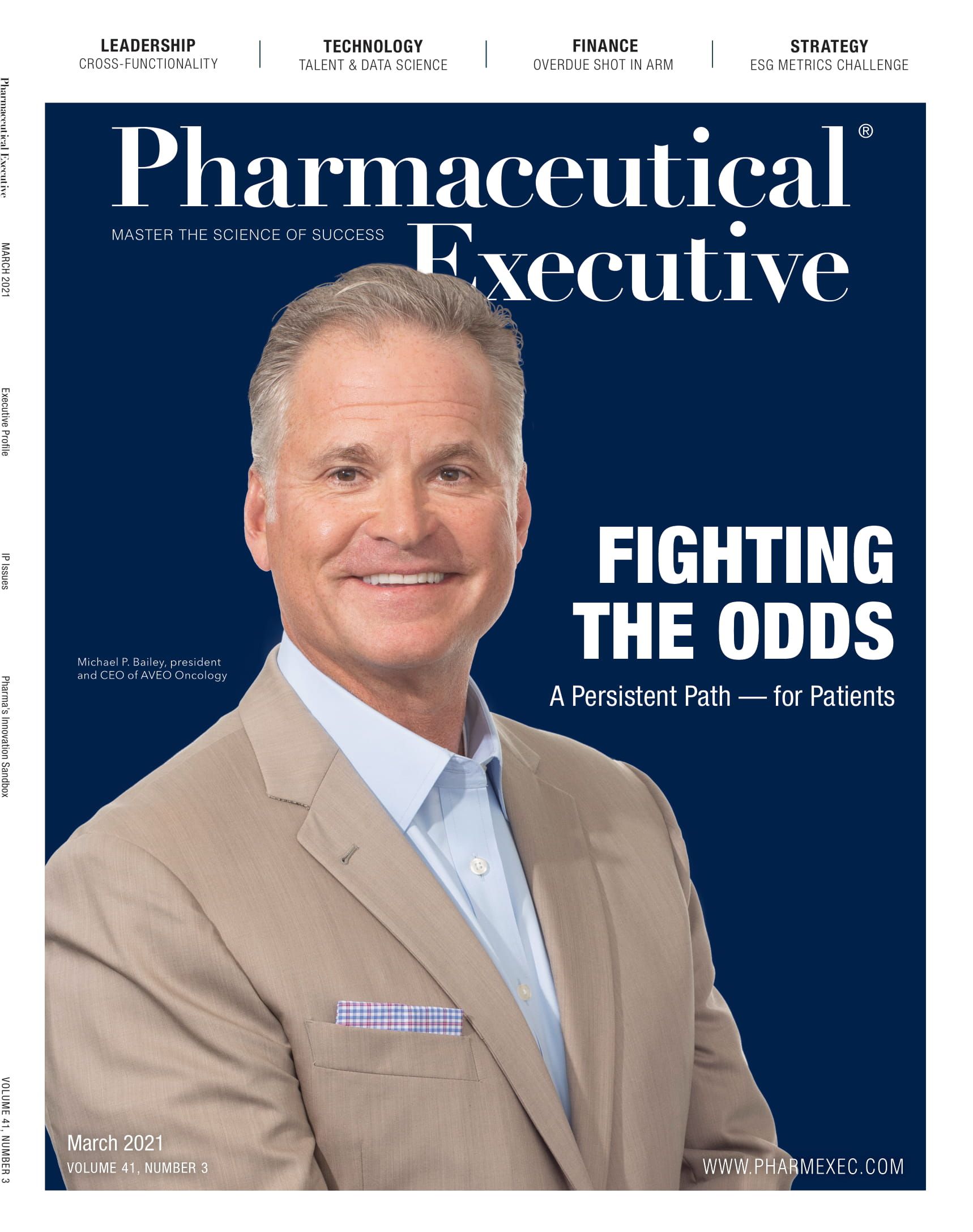Pharm Exec at 40 (1986-1989)
Looking back at 1986-1989.
Only $7,452 for a shiny new Ford Mustang; the emergence of tapestry handbags; and just under a dollar for a gallon of gasoline—the mid-to-late1980s also saw events from Halley’s Comet to mad cow disease. 1986 kicked off by honoring Martin Luther King Jr. with a US holiday for the first time, as well as inducting names like Elvis Presley, James Brown, and Jerry Lee Lewis as part of the inaugural class into the Rock and Roll Hall of Fame. It was also a year shaken by tragedy; on Jan. 26, Space Shuttle Challenger exploded just 73 seconds after liftoff from Cape Canaveral, killing all seven crew members aboard, including schoolteacher Christa McAuliffe.
In 1986, Microsoft went public with an opening stock price of $21. After the trading day, the price closed at $27.75. Andrew Lloyd Webber’s stage musical adaptation of The Phantom of the Opera had its debut in London’s West End. It would make it to Broadway later in 1988, where the play would earn several Tony Awards. Hands Across America was held in May 1986. From California to New York, about 6.5 million people held hands—something so foreign to us today with the pandemic—for 15 minutes in an attempt to create a continuous human chain.
With baggy dresses and bangle watches, the public tapped their fringed-booted feet to hits like Michael Jackson’s “Bad” and Whitney Houston’s “I Wanna Dance With Somebody” in 1987. On Oct. 19, “Black Monday” would rock the financial world,the Dow suffering a single-day drop of 22.6%. Global stock markets followed. By the end of the month, Australia had fallen 41.8%, Hong Kong 45.8%, Canada 22.5%, and the UK 26.4%.
The 1988 Summer Olympics took place in Seoul, South Korea. Not long after, US human spaceflight resumed with the launch of Space Shuttle Discovery; NASA’s unmanned space probe Galileo would lift off in October 1989 to study Jupiter and its moons. The previous year ended rather grim when, four days before Christmas, the terrorist bombing of Pan Am Flight 103 over Lockerbie, Scotland killed 270 people.
The end of 1989, of course, saw one of the most pivotal events in world history unfold—the fall of the Berlin Wall on Nov. 9. An end to the Cold War was declared at the Malta Summit three weeks later.
Also in 1989, along with a new generation of PCs, Microsoft released its first Office suite. Other notable happenings in ’89 included: The first of 24 satellites of the Global Positioning System were placed into orbit (today there are 29); Florida and Virginia decided to allow DNA genetic fingerprinting evidence as admissible in court, a precedent that was first introduced in 1987 in England; the Exxon Valdez oil tanker ran aground in Alaska’s Prince William Sound, tainting thousands of miles of the coastline; and Nintendo released the Game Boy midsummer, the first handheld system that used cartridges which could be interchanged to play different games on the go.
The late 1980s are to thank for iconic films that are still favorites to many today, such as Stand By Me, Platoon, Dirty Dancing, Rain Man, and Beetlejuice. Also notable was the welcoming of The Simpsons family to American households; today, it’s the longest-running primetime scripted show ever.
The pharma landscape
In healthcare and pharma, the first heart, lung, and liver transplant took place in 1986 at Papworth Hospital in Cambridge, England. It took 12 hours and was a great success. In 1987, the FDA approved anti-AIDS drug azidothymidine, or AZT, which continues to be one of the most prescribed drugs in the world for HIV treatment. The first World AIDS Day was held on Dec. 1, 1988, dedicated to raising awareness of the AIDS pandemic caused by the spread of HIV, as well as mourning those who have died from the disease. In 1987, Prozac was sold for the first time as an antidepressant, introduced by Eli Lilly. Two years later, the National Human Genome Research Institute was established, originally known as the National Center for Human Genome Research, to lead the Human Genome Project, which initiated in 1990.
Understanding the genetic makeup of a person would be a critical tool for future therapies and in identifying those who are immunocompromised. We’ve seen recently with the COVID-19 pandemic the important role genomes play in the design of and response to treatments.
Miranda Schmalfuhs is an Assistant Editor for Pharm Exec. She can be reached at mschmalfuhs@mjhlifesciences.com.

Regeneron, Roche Launch Major US Expansion Plans to Meet Growing Demand for Biologics and Innovation
April 22nd 2025With combined investments exceeding $53 billion, both companies are deepening their US presence through expanded biologics production, gene therapy capabilities, and next generation R&D centers.
Cell and Gene Therapy Check-in 2024
January 18th 2024Fran Gregory, VP of Emerging Therapies, Cardinal Health discusses her career, how both CAR-T therapies and personalization have been gaining momentum and what kind of progress we expect to see from them, some of the biggest hurdles facing their section of the industry, the importance of patient advocacy and so much more.